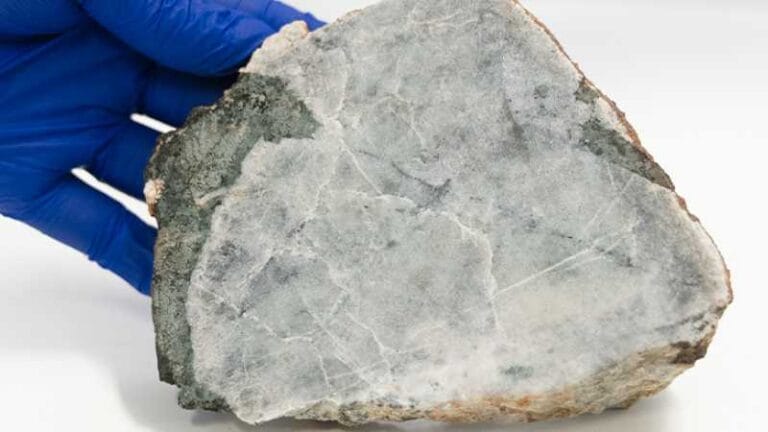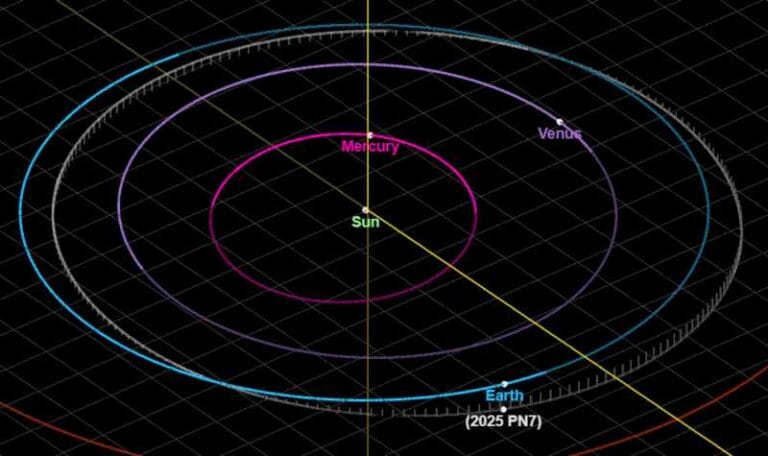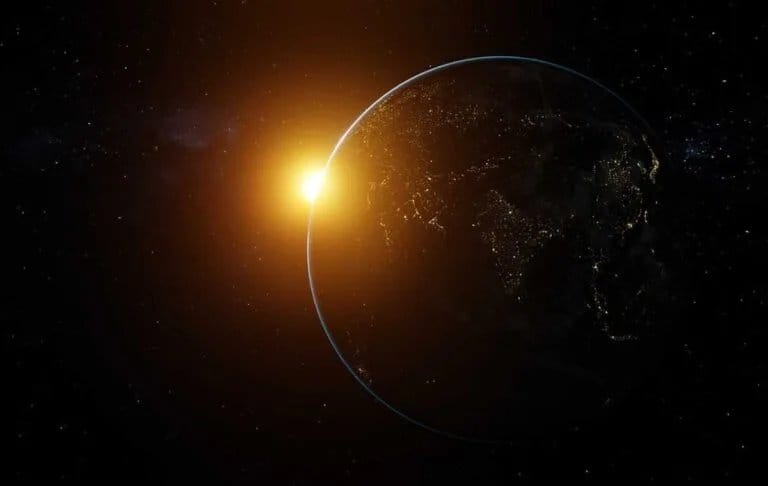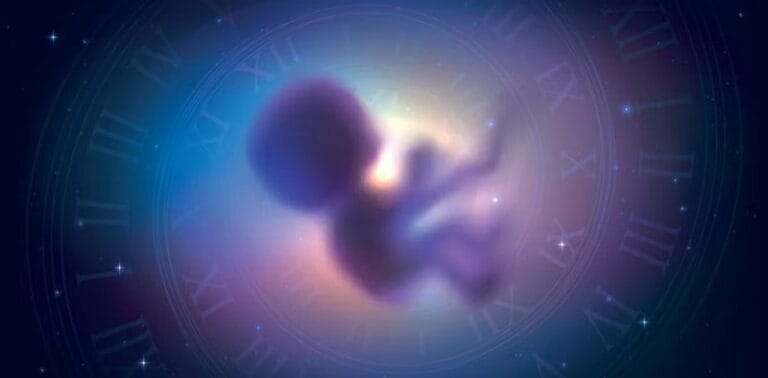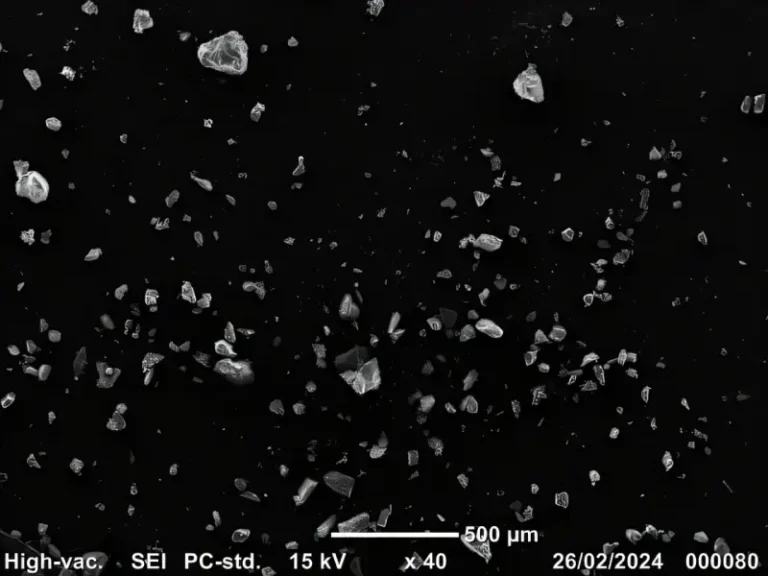Webb Telescope Captures Long-Anticipated Rare Phenomenon

The new image captured by NASA’s James Webb Space Telescope reveals a rare alignment of stellar jets in the Serpens Nebula, offering new perspectives on star formation. These protostellar jets, observed in the northern region of the Serpens Nebula, appear aligned and oriented in the same direction, as captured by Webb’s Near-Infrared Camera (NIRCam).
Protostellar outflows occur when high-speed jets of hot gas, produced by young stars, collide with surrounding dust and gases. According to Klaus Pontoppidan, principal investigator at NASA’s Jet Propulsion Laboratory, “Astronomers have long assumed that as clouds collapse to form stars, the stars will tend to spin in the same direction.” Pontoppidan explains that these alignments “have not been seen so directly before” and that the aligned, elongated structures represent “a historical record of the fundamental way that stars are born.”
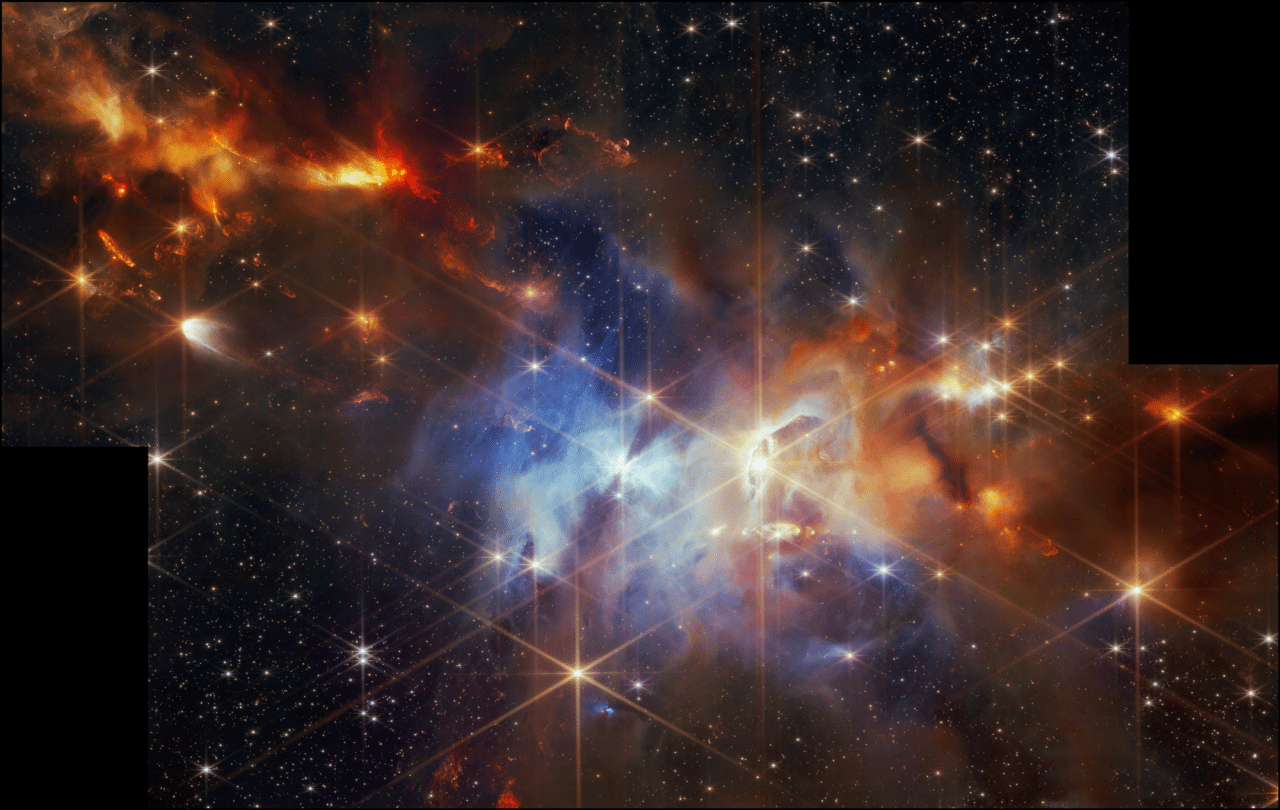
Located about 1,300 light-years from Earth, the Serpens Nebula is a dense cluster of young stars, some only 100,000 years old. The region is also known for the discovery of the “Bat Shadow,” observed in 2020 by the Hubble Space Telescope, Webb’s predecessor.
Joel Green, lead author from the Space Telescope Science Institute, highlights that “This area of the Serpens Nebula – Serpens North – only comes into clear view with Webb.” He adds that “We’re now able to catch these extremely young stars and their outflows, some of which previously appeared as just blobs or were completely invisible in optical wavelengths because of the thick dust surrounding them.”
As interstellar clouds collapse and begin to form stars, they spin rapidly. For the gases to continue moving inward, part of this spin needs to be dissipated, forming a disk of material around young stars. Magnetic fields in the inner region of this disk project some of the stellar material outward in opposite directions. These jets are visible in the new Webb images, appearing as bright streaks with reddish coloration, indicating molecular hydrogen and carbon monoxide, caused by shockwaves as they strike surrounding gases and dust.
Green comments on the different mechanisms that can shift the direction of stellar outflows during the early stages of a star’s life, suggesting that binary stars may influence this direction as they spin around each other. Future research will use Webb’s Near-Infrared Spectrograph (NIRSpec) to study the chemical composition of the cloud, allowing astronomers to analyze the volatile compounds present. Comparing this information with current data from studies on protoplanetary disks, scientists can gain crucial insights into the origins of these compounds.
Pontoppidan emphasizes the importance of studying these volatiles, as “The majority of water here on Earth originated when the Sun was an infant protostar billions of years ago.” He believes that observing the abundance of these critical compounds in protostars before their protoplanetary disks have formed can help us understand how unique the circumstances were when our own solar system formed.
The image of the Serpens Nebula captured by the James Webb Space Telescope is not only stunning but also captures a previously unseen phenomenon. The “protostellar outflows” aligned and elongated visible in the upper left corner of the image support a longstanding theory. As expected, the jets align from the rotating disks of surrounding material, showing evidence that clusters of forming stars spin in the same direction.
NASA explains that the bright, clumpy streaks in the upper left area of the image, which resemble a JJ Abrams-style lens flare, represent shockwaves caused by the jets emerging when the interstellar gas cloud collapses. As forming stars condense and spin more rapidly, some material is ejected perpendicular to the disk.
“Astronomers have long assumed that as clouds collapse to form stars, the stars will tend to spin in the same direction,” wrote Klaus Pontoppidan in a blog post for NASA. “However, this has not been seen so directly before. These aligned, elongated structures are a historical record of the fundamental way that stars are born.”
Advertisement - Continue Reading Below
The Serpens Nebula is only one or two million years old and is located about 1,300 light-years from Earth. NASA states that the dense cluster of protostars at the image’s center includes stars less than 100,000 years old. Serpens is a reflection nebula, meaning the gas and dust cloud shines by reflecting light from stars inside or nearby.
The JWST’s NIRCam captured the image, covering about 16 trillion miles by 11 trillion miles. The black rectangles in the lower left and upper left of the full image represent missing data. NASA’s next step is to use the telescope’s Near-Infrared Spectrograph (NIRSpec) to study the Serpens Nebula’s chemical composition.
For a closer look at the image’s details, you can check out NASA’s instructional video.

